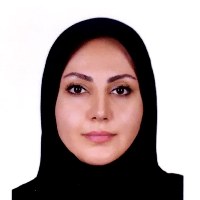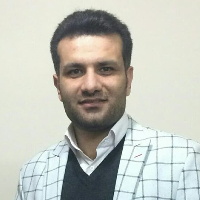Investigating the Priorities of the National Master Plan for Science and Education with Adjacent Scientific Fields for Diversification of Iran Research System by Scientific Complexity Approach
Achieving the goals of the country's vision document from the scientific and research aspect, where Iran is a developed country with the first economic and scientific position in the region, requires comprehensive participation and scientific mobility of the country's universities, research institutes, and researchers. Achieving such a position will not be achieved except with efficient scientific planning and policy, which requires monitoring and evaluation, identifying weaknesses and deficiencies in the field of scientific production, determining research priorities, and targeting scientific movements. So this research intends to identify the border between the actual and potential capabilities of the country's research system and analyze the possibility of reaching adjacent scientific fields by relying on the scientific complexity approach. Also, examining the priorities of the National Master Plan for Science and Education, due to its importance in realizing the goals of the vision document in the field of science and technology, is another goal of this research, which can finally provide suggestions for policymakers in the field of science, technology, and innovation, as well as institutions in charge of this in the country, especially the headquarters of the National Master Plan for Science and Education, for the optimal updating of these priorities and efficient planning.
This research is a scientometrics study conducted using the scientific complexity index. The research data is the bibliographic information of the top 50 countries in terms of citation at the SCImago database. To analyze the data, the scientific fitness of nations and the complexity of scientific domains, distance, opportunity value, and, opportunity gain and proximity have been calculated using the methods presented in the Atlas of Economic Complexity.
Examining the priorities of the National Master Plan for Science and Education showed that we produce science in half of them. Thirty of the priorities are located very far from Iran's proximity border and out of 38 proposed fields in this research as adjacent sciences, there are only 7 scientific fields in the priorities of this policy document. It is interesting to note that most of them are sciences from the field of humanities and Islamic studies and are equivalent to social sciences in the Scopus classification. In fact, according to the findings of this research, humanities are emphasized in the comprehensive map, but in most of these priorities, they are presented at levels B and C.Unfortunately, only one of the 38 proposed fields is included in the National Master Plan for Science and Education priorities in the field of physical sciences, which has the most frequency and proximity to Iran. From the field of health, only one bioinformatics field among the 7 discussed fields is included in the map, and it is expected that, like social sciences, more fields will be prioritized in the National Master Plan for Science and Education, because there are some capabilities and potentials in Iran to enter these areas.
The leading countries in the field of science and technology, in addition to increasing the number of publications and the number of citations, do not limit their scientific productions to a few areas, and these countries diversify their research system as much as they can. But the less developed countries produce science in few ubiquity areas.Since the governments play an essential role in making major decisions and regulating the upstream documents of the country, therefore the duty of the government is to determine and provide the necessary capabilities to improve the position of scientific competition and guide the education and research system of the country towards high complexity sciences. To find that what kind of diversity is suitable for the scientific development of countries; based on the findings of this study, strategies have been presented to diversify the research system as well as update the priorities of the National Master Plan for Science and Education using the scientific complexity index.
- حق عضویت دریافتی صرف حمایت از نشریات عضو و نگهداری، تکمیل و توسعه مگیران میشود.
- پرداخت حق اشتراک و دانلود مقالات اجازه بازنشر آن در سایر رسانههای چاپی و دیجیتال را به کاربر نمیدهد.




